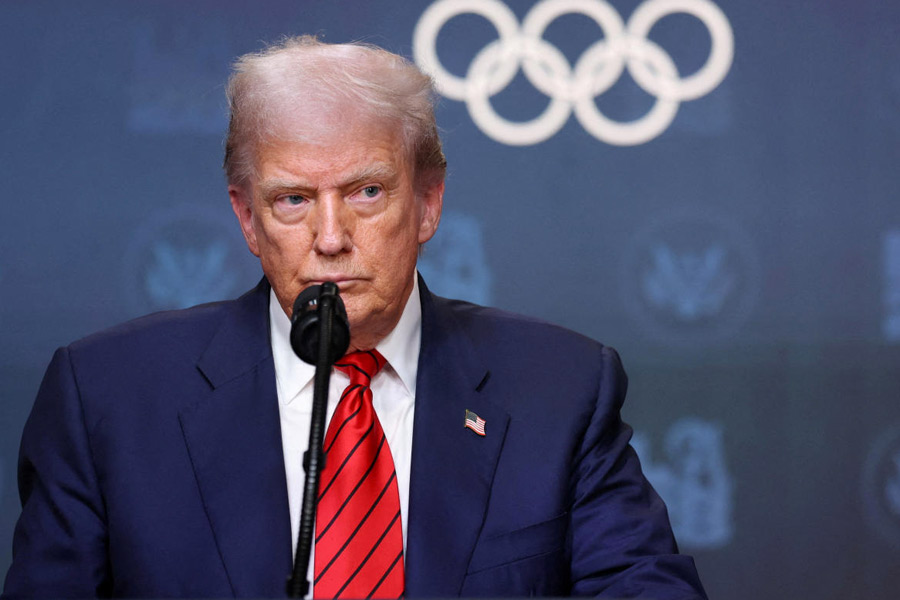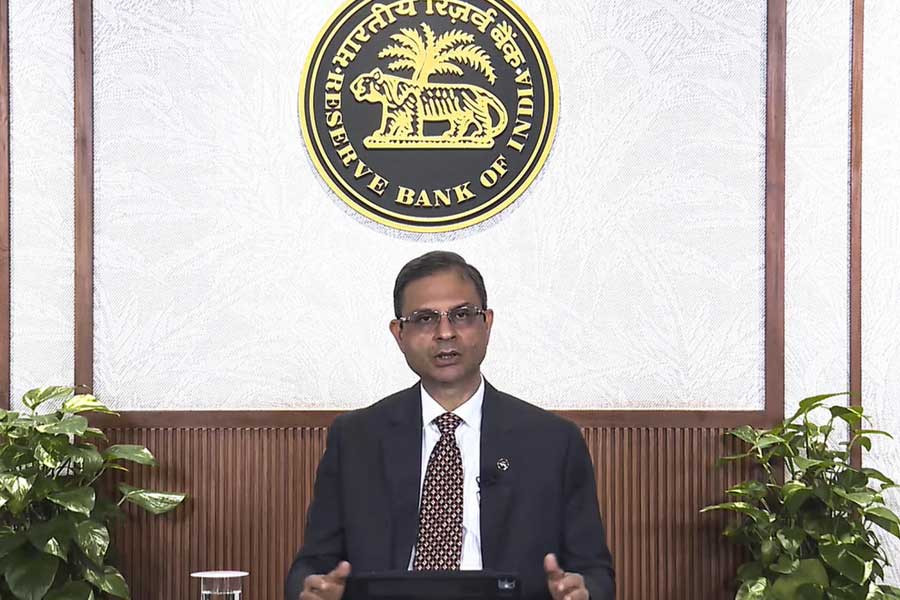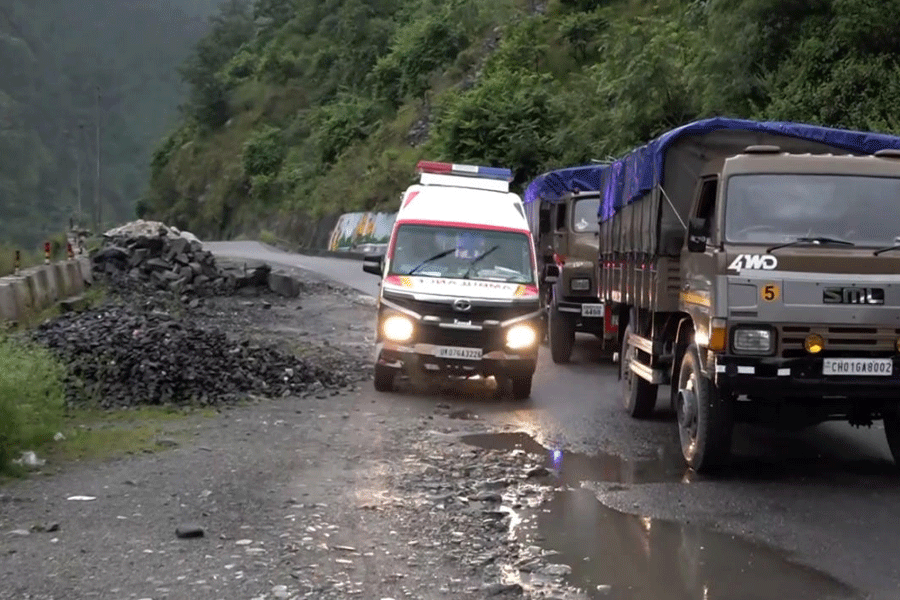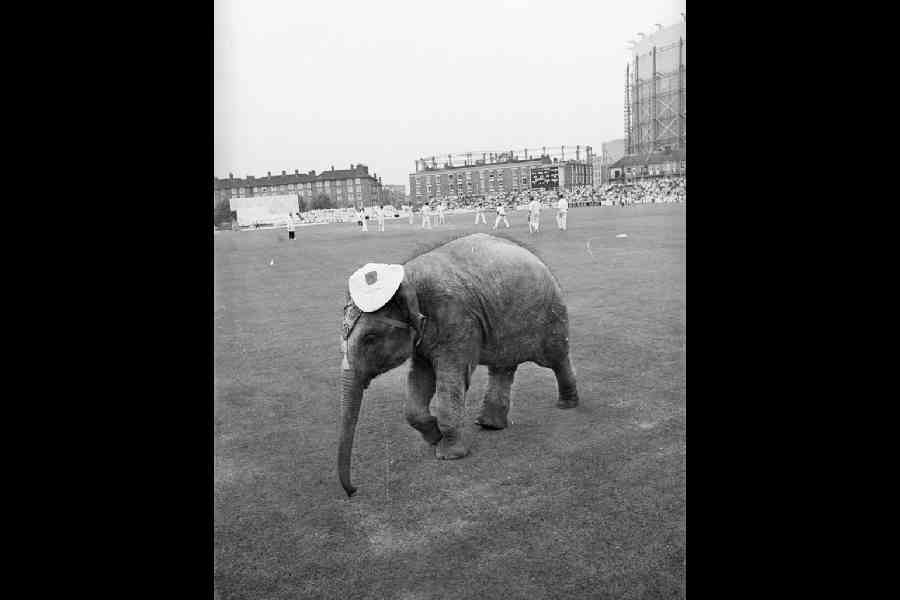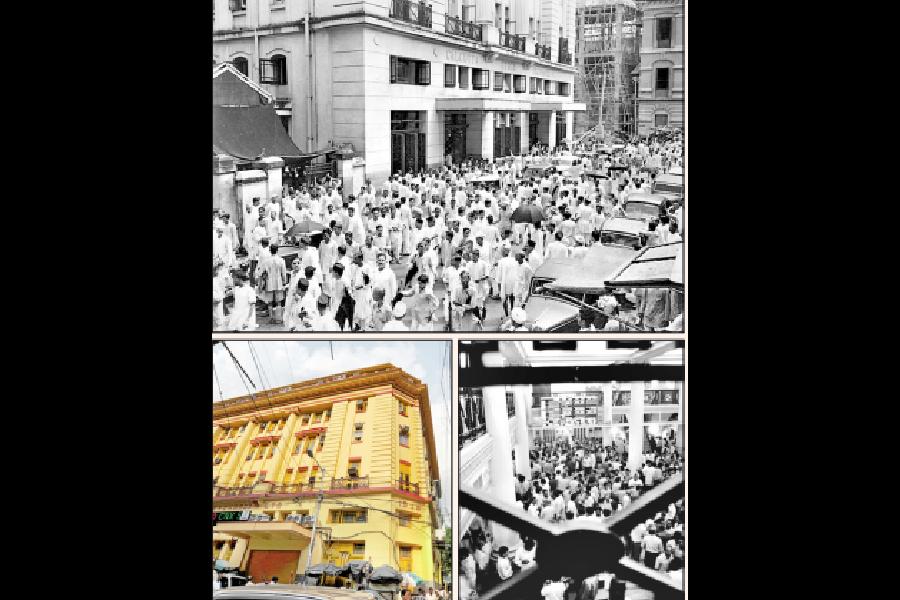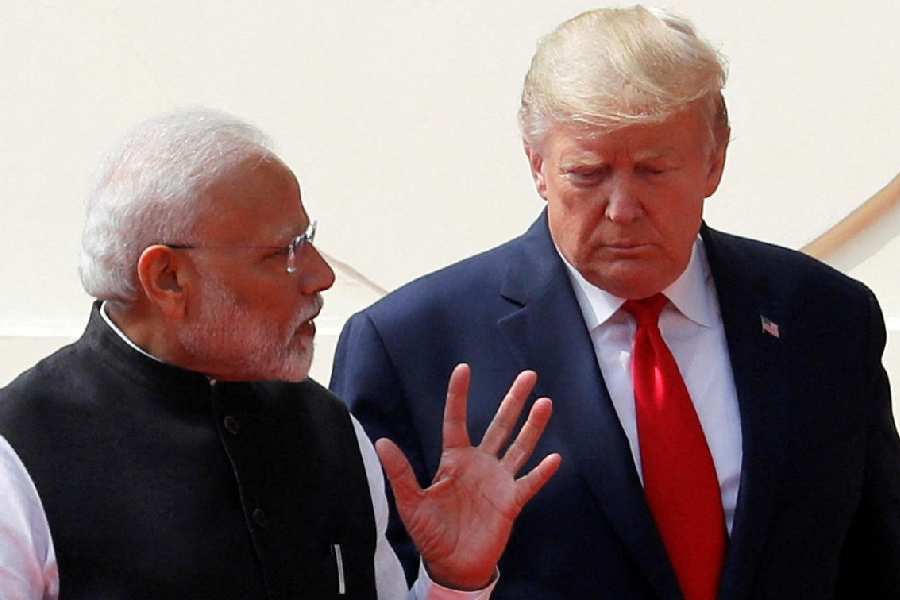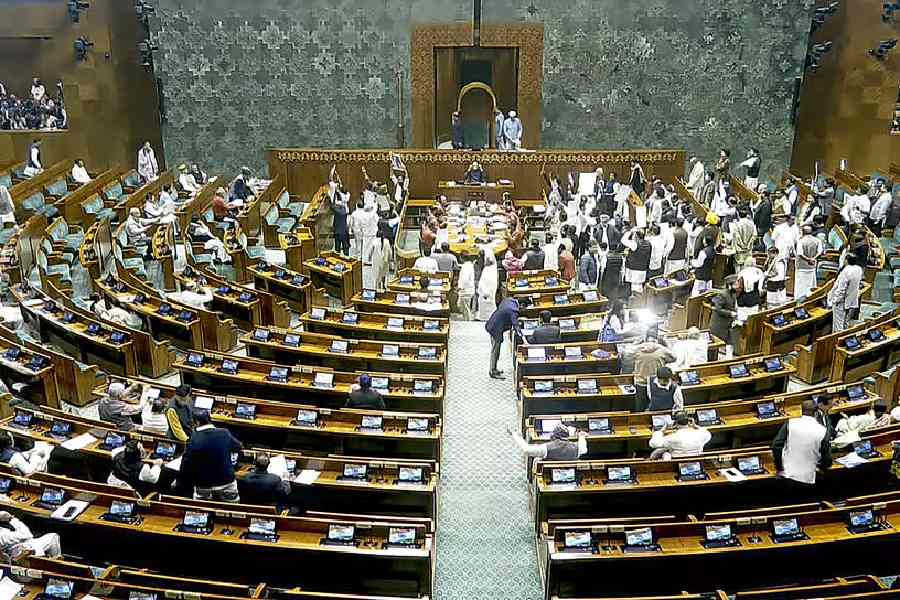 |
| The pedestal being constructed at Gharphalia-Maibella. Telegraph picture |
Jorhat, April 26: Names like Mangal Pandey and Rani Lakshmibai are synonymous with the freedom struggle, but few know about an Assamese prince, Gomodhar Konwar, who fought the British valiantly, refusing to bow down.
The state has finally accorded recognition to Konwar with a memorial being set up at Gharphalia-Maibella in Nakachari, about 335km from Guwahati.
Gharphalia-Maibella is the site where Gomodhar first declared himself king in 1827 and asked the British to go back.
The British were ceded Assam, Manipur and a few other kingdoms in the Northeast after a two-year fight with the Burmese and signing of the Yandeboo treaty in February 1826.
With Rs 20 lakh allotted from the chief minister’s fund, a fibreglass 11-foot statue of Gomodhar Konwar atop a 15-foot pedestal, and a park with a pond are being constructed on three bigha of land.
“The Gomodhar Konwar Smriti Surakshya Committee has been fighting for this recognition from 2002 ever since a Xansi paat (Sanchi bark) script pertaining to his anti-British activities surfaced at Deodhaigaon, Morabazar, at Amguri in Sivasagar district,” Jintu Hazarika, secretary of the committee, said.
The script, written in Tai language by a deodhai (Ahom pandit) usually attached to a king, was translated into Assamese by scholars of the Tai language and historians and the entire episode of Gomodhar Konwar’s rebellion against the British came to light. The face of Gomodhar has been reconstructed from descriptions in the script.
In 2007, the committee had staged a drama on Gomodhar Konwar in different districts of the state to highlight this and it organises a ceremony every year on January 29-30 (Magh 15 of the Saka calendar), the day on which Gomodhar is said to have declared himself king. In 2010, the committee organised a three-day programme commemorating the birth bicentenary of Gomodhar.
“The park and the statue are just the beginning of our fight to establish Gomodhar as a national hero and a great freedom fighter. We would like to have built a Gomodhar Kshetra at Rajabari on a 300 bigha plot of land in line with Srimanta Sankaradeva Kalakshetra and Siu Ka Pha Samanway Kshetra, a project proposal of which has been submitted to the government but is yet to be passed. However, the next thing we plan to do is make a documentary on him which can be shown everywhere,” Hazarika said.
Gomodhar Konwar, born at Lakwa on the banks of the Disang river in Sivasagar district, was the youngest son of Phena Konwar and Jutuli and belonged to the royal family. He was dissatisfied with the situation prevailing in Assam at the time and rebelled against the British sovereignty. He sought to restore Ahom rule but the British asked him where all of them were when they (the British) had almost single-handedly fought the Burmese army for two years. Gomodhar was very upset by this and the spirit of patriotism awoke in him.
In the Assamese translation of the Xansi paat script, entitled Pratidin, prati samay, (Every day, each moment), it has been revealed that Ahom prince Gomodhar Konwar assembled a band of soldiers, trained them, built a kingdom at Toratoli, Nakachari, in Jorhat district and after declaring himself king, planned to launch an attack on the British army.
Accordingly he sent some of his soldiers to set fire to a British ammunition depot at Rangpur in Sivasagar and also fought a battle at Pukhuria, a small township near Mariani, against the British soldiers, 18km south of Jorhat, the same year. The script states that Konwar mobilised a large number of men from across the country, including Manipur, who supported him as their king. The Rajahowly palace he constructed at Toratoli (now Gharphalia-Maibella) comprised three forts on the east, west and south sides, a tank, granary and vegetable garden. A hanging watchtower and a fort in the north had also been planned.
According to the script, he was tricked into being captured along with all his men by the British and sent to exile in May 1828. From Guwahati he was taken to Calcutta and then to the Andamans. Nothing is mentioned about what happened to him after that. No one knows whether he returned or died in exile.
“While the nation reveres people like Mangal Pandey and the Rani of Jhansi, few know about Gomodhar Konwar and it is our endeavour to place him on the same pedestal,” Hazarika said.


